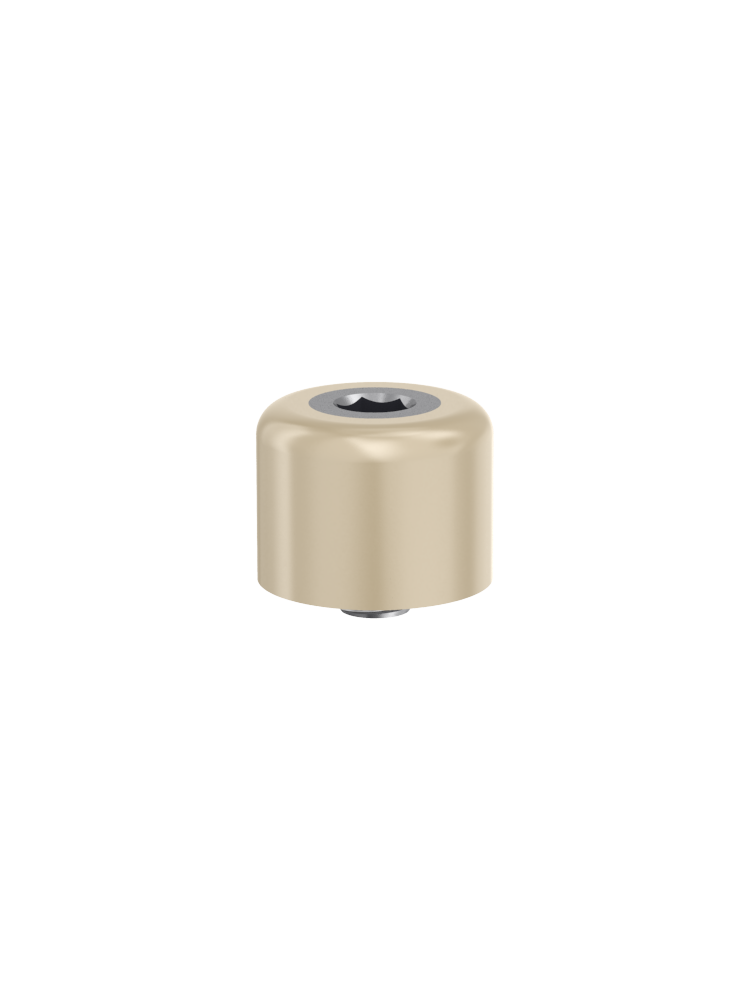

The ICOI does not warrant nor endorse any member listed herein, nor does it vouch for their professional competency, regardless of their status within the organization. The ICOI updates it membership records periodically on the web and annually by membership renewals. Additionally, members may be categorized as active members, Fellows, Masters or Diplomates. a general dentist or a specialist) as well as whether the ICOI member performs the surgery or restoration or does both phases. Included in ICOI’s membership directory, when provided by a member, is the type of dentist (e.g. The entire worldwide ICOI membership directory is included on our website for the benefit of both members and their patients trying to locate an implant dentist or a member of an implant dental team. Post navigationīy using the search tool provided, you agree to the terms and conditions listed below. To avoid any errors in the proper capture of the impression, it is important that the tray is properly seated without interference from the abutments or screws. Another benefit of the closed-tray impression technique is that it is an efficient way to obtain an image of both the implant and the natural teeth in the same impression.

The closed-tray technique may also be used when there is not enough room for screw-retained impression copings and/or when there is a reduced interarch distance. It is not an efficient impression technique for non-parallel implants. A closed-tray impression is typically used when a patient’s implants are or will be mostly parallel to each other. After removal of the impression, the coping is unthreaded from the mouth, connected to a laboratory analog, and repositioned into the impression prior to pouring. The closed-tray impression, or indirect impression, is an impression technique that uses an impression coping with positioning features around which a rigid elastic impression material is injected.


 0 kommentar(er)
0 kommentar(er)
